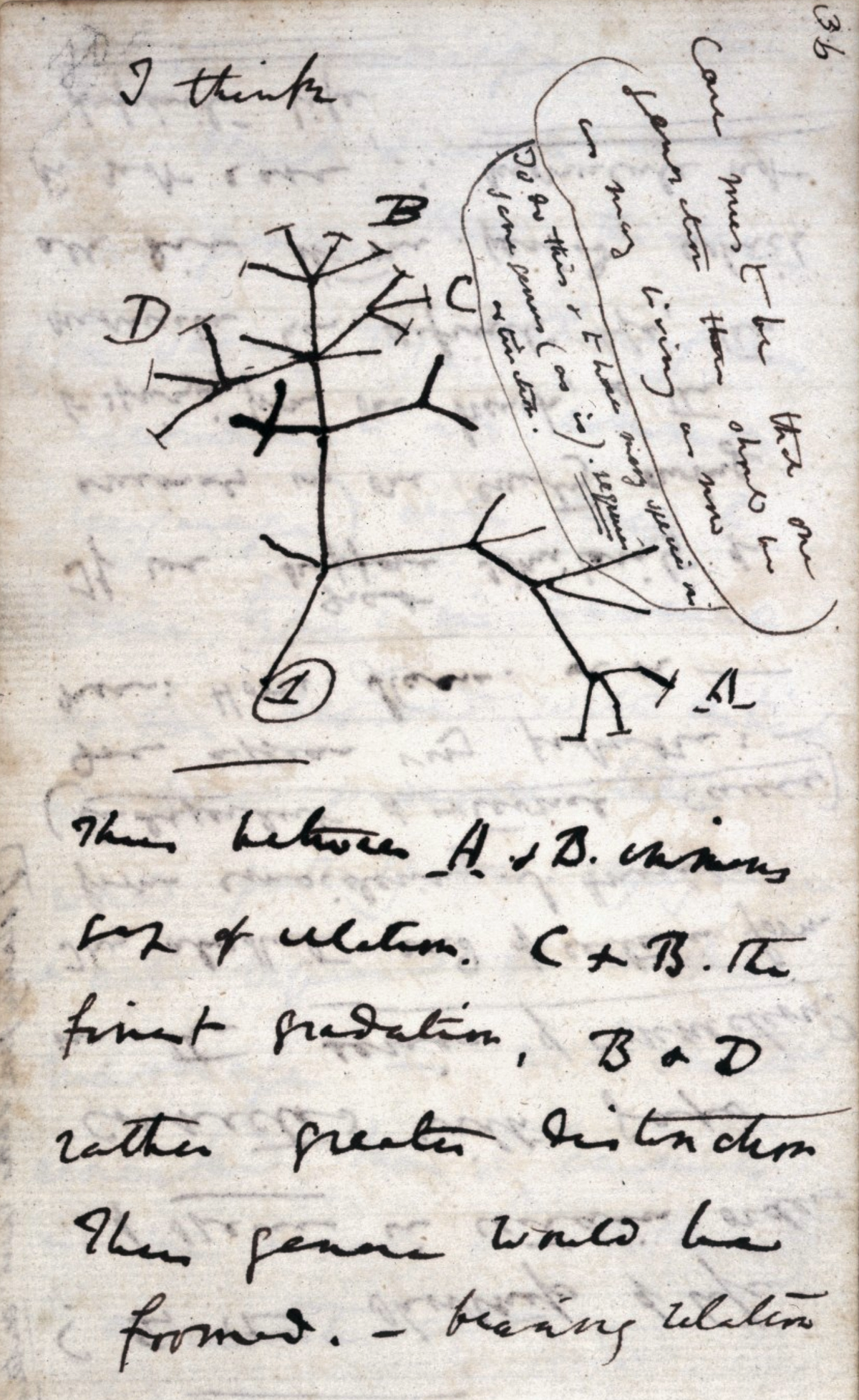Ok, cụ thích định nghĩa tiến hóa như vậy thì tùy cụ. Em thì em vẫn theo định nghĩa phổ quát nhất của tiến hóa như Wikipedia định nghĩa, bản chất nó không có cái gì khác ngoài sự thay đổi về di truyền ở thế hệ kế tiếp, dù nó là ngẫu nhiên hay có sự can thiệp, tích lũy từ từ hay nhảy vọt, ví dụ như ở link dưới, dù có con người can thiệp vẫn được gọi là "tiến hóa" (Directed Evolution). Em cũng đã nói là cụ muốn gọi tất cả sự thay đổi di truyền do can thiệp là "thiết kế thông minh" cũng được, chỉ là vấn đề khái niệm, em không cãi với cụ chuyện ấy. Coi như cụ đã tìm được bằng chứng về "thiết kế thông minh" sau khi con người xuất hiện. Nhưng điều quan trọng là bằng chứng khoa học chứng minh rằng có sự can thiệp như vậy trước khi con người xuất hiện hiện tại chưa có. Vì thế việc cụ tin thì cụ cứ tin, nhưng để biến Thiết kế thông minh trở thành một Học thuyết khoa học(Scientific Theory) thì em chưa hề thấy một khả năng nào.

en.wikipedia.org

en.wikipedia.org
1. Cụ có trích Wiki thì cũng trích đầy đủ ra. Chứ cắt cúp rồi đổ cho em định nghĩa bừa làm gì cho mang tội.
Evolution is change in the heritable characteristics of biological populations over successive generations.[1][2] These characteristics are the expressions of genes that are
passed on from parent to offspring during reproduction. Different characteristics tend to exist within any given population
as a result of mutation, genetic recombination and other sources of genetic variation.
2. Cụ đừng lấy cái công nghệ chọn lọc dòng tế bào hay chọn lọc dòng nhân ra mà đánh đồng với Syn 3.0. Trong công nghệ chọn lọc dòng tế bào hoặc chọn lọc dòng nhân, bản chất vẫn là mượn công nghệ PCR để tăng tốc quá trình sinh sản lên vài nghìn lần, từ đó chọn lọc ra dòng nhân/ tế bào mang tính trạng mong muốn. DE mà cụ nói đơn giản chỉ là tăng tốc quá trình sinh sản của tự nhiên, chứ chẳng phải thiết kế hay tổng hợp cái gì sất. Tất cả các tính trạng/ dòng gen đều được pass nguyên vẹn từ mẹ sang con qua các chu kỳ sinh sản bình thường chứ chẳng phải được thiết kế trước.
Công nghệ tổng hợp Syn 3.0 là thiết kế bản mẫu genome trên máy tính, với các mã gene được định trước rõ ràng, bản mẫu thiết kế này được đưa vào quá trình tổng hợp nơi mà ADN được tạo thành từ từng cặp nucleotide một cho tới khi hoàn thành, nhân tạo hoàn toàn từ thiết kế cho tới tổng hợp gene chứ chẳng phải chỉ đơn giản nhân đôi một ADN có sẵn.
3. Một khi đã tồn tại dòng sống mà ko phải là sản phẩm của tiến hoá tự nhiên, thì cái nguyên tắc biện chứng quy nạp của thuyết tiến hoá chẳng thể nào chính xác, chẳng thể chỉ nghiên cứu môt vài loài rồi đem kết quả quy nạp áp cho hàng triệu loài sinh vật, thế thôi.
4. Các nghiên cứu chứng minh của TTH hiện tại đều dựa trên nguyên tắc, nếu loài B mang các mã di truyền đặc hiệu được tìm thấy trên loài A có trước, chắc hẳn B là sản phẩm tiến hoá của A qua quá trình tiến hoá tự nhiên. Kết luận này phải trở nên lỗi thời, vì với chỉ chừng đó bằng chưngs chẳng phân biệt được B & A là sản phẩm của tự nhiên hay thiết kế.
(Syn 3.0 mang trong mình các mã gene của Mycoplasma mycoides, nhưng ko kết luận được Syn 3.0 là sản phẩm của tiến hoá tự nhiên từ Mycoplasma mycoides có trước. Về bản chất, Syn 3.0 là sản phẩm của quá trình thiết kế của con người).









